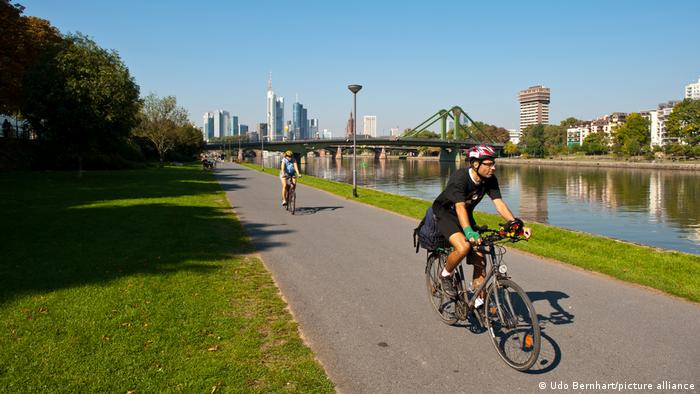TURBULENCE is a common worry for passengers, with planes sometimes thrown around as they make their way through the air.
And while the experience of turbulenceis harmless, it can make passengers nervous or queasy.
One method may be to fly earlier in the day, rather than later, which Boeing 737 pilot Morgan Smith claims can reduce chances of a bumpy ride.
In an interview with the New York Times, Ms Smith said that morning flights are less likely to be turbulent because of the effects of rising heat.
She said: “As the day warms into the afternoon, heat rising off the land increases the chance for turbulence near the ground and turbulence caused by storms.”;
Morgan also had a couple of other suggestions for those worried about shaky plane journeys.
She added: “The only thing people should fear from turbulence is possibly spilling their drink on a flight.
“Most injuries from turbulence come from people being out of their seats or not having their seatbelts on when it gets bumpy. So keep your seatbelt fastened, and don’t set your drink on your laptop.”;
Others have recommended sitting at the front of the plane, where the effects of turbulence are felt much less.
A flight attendant told Sun Online Travel: “For anyone who is really scared of turbulence, my advice would be to sit as close to the front of the plane as possible because it acts like a wave.
“What starts as a slight bump at the front of the aircraft can feel much worse by the time it reaches the rear.
“Sometimes passengers at the front won’t even be aware of anything, while those at the back get really badly shaken up.”;
There are certain locations where turbulence will be more aggressive as well.
Simon Marton was a flight attendant for four and a half years, and said that flights over the coast of Ireland will nearly always be hit with a bumpy ride.
He said that passengers travelling from the US to the UK will always get turbulence in the same spot, due to the jet streams over the Atlantic Ocean.
He told Sun Online Travel: “If you’re coming from the States and you are going to London, you will nearly always hit turbulence over the coast of Ireland in the Atlantic Ocean.
“This happens about two to three hours before landing, but it is completely normal.
“Passengers shouldn’t worry about it, as it is due to the jet streams over the Atlantic that this happens, as it can cause high winds.”;
Meanwhile, this pilot revealed a scary fact about turbulence that passengers won’t like.
And this former pilot explained which phrase passengers should listen out for that will let them know their flight will be bumpy.




